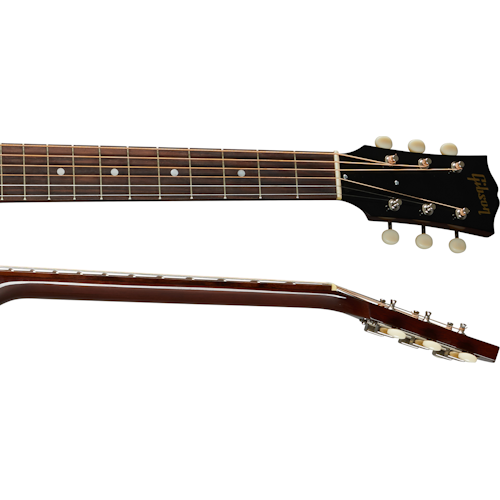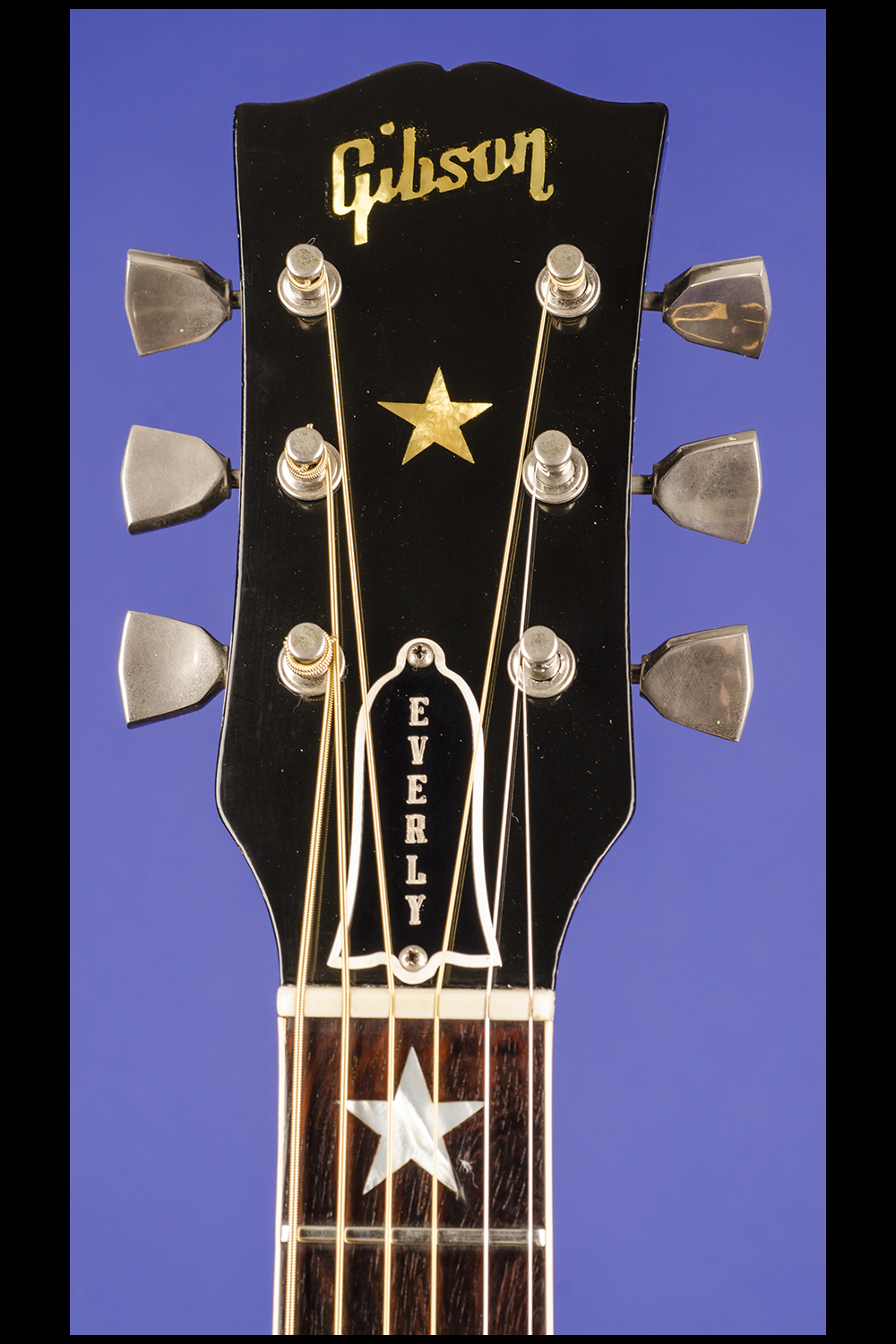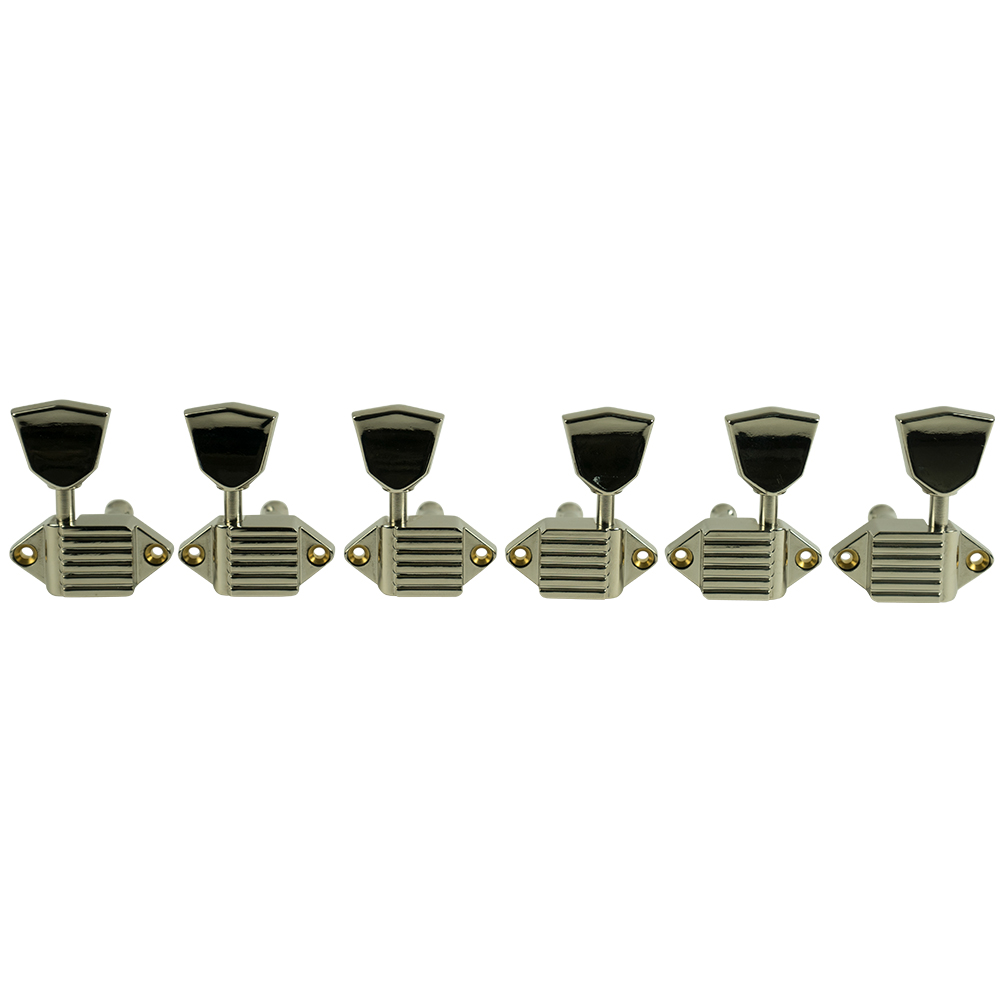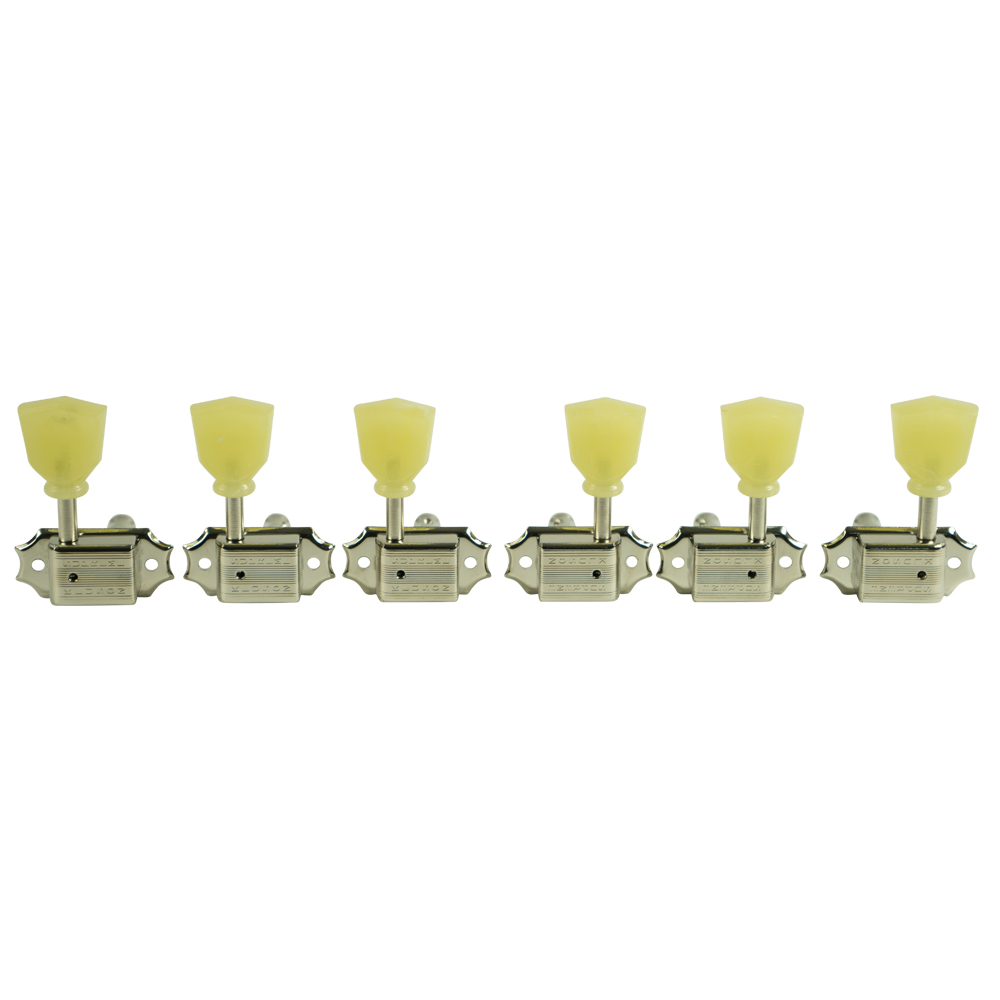-
Posts
1,152 -
Joined
-
Days Won
3
Posts posted by Leonard McCoy
-
-
lol
-
Or, in other words, a can of worms.
-
So Gibson have finally increased their prices, which may come as no big surpise. This also concerns their acoustic guitars. Take the original collection. Prices have increased by 100 through 350 bucks there depending on the model.
-
I doubt whether the new entry series of Gibson acoustics needed a gimmick like a second soundhole to sell, but I guess it makes for an easily communicable PR spiel to retailers and individual buyers—or whether such a feature is not actually harmful to the reintroduction of the series. I certainly can't imagine any player specifically asking for a "player port" or complaining that he couldn't hear his Gibson acoustic when playing.
Sales figures will tell the end of the story, certainly, if the gag was successful. The only thing is, Gibson is so deeply trenched in traditional guitar building and made that its image that I have my doubts whether this wager be successful or that the player port become an actual feature that players desire and don't actively shun.
-
-
I don't know about PRS humbuckers, but yes, Gibson mini-humbuckers have the lowest relative pickup output out of all Gibson pickups including P-90s, but they are not that far off BurstBuckers Type 1.
-
-
I can relate as I too can dig a chunkier neck, also because I like to use my thumb for forming chords. What you may seek in spirit from Gibson is a so-called "Vintage 50s" neck most prominently featured on a Les Paul Special - TV Yellow and perhaps other models as well. Such a neck leaves no space between your fretting hand and the neck and is more on the extreme side but very comfortable. In general I don't think you will have a particular problem with any Gibson acoustic as their necks are chunky, and wide at the nut, no matter what. Gibson acoustic necks are also rather varied even among the wide-spread "Slim Taper" (C-shape) family. The so-called "Historic V" neck of the 50s LG-2 might be a good fit for you regardless (and also guitar-wise).

-
 1
1
-
-
It's a half-translucent finish (same for its cherry counterpart) which allows for the grain to shrine through still. It doesn't seem half bad.
-
-
-
I think the Epiphone all-solid-woods acoustics are getting better and better. They can't compete with the USA-made models, but they are good enough to get playing on a really decent guitar, and bad enough that you are bound to double-dip for the real Gibson thing later on. Mission accomplished.
-
 1
1
-
-
That kind of budget allows no guitar maker to also integrate a great pickup system, whether you're buying Taylor or Gibson.
-

New guitar tab:
One of his first attempts at R&B as an “Otis Reddis sort of thing,” penned by Cat Stevens at the tender age of just 17 years old, turned out to be a milestone composition so popular that it would become a hit single time and again not only for the composer himself but many different artists, most notably Rod Stewart (1977). The original 1967 studio recording had (Big) Jim Sullivan on lead guitar, John Paul Jones on bass, Dougie Smith on drums and quite possibly Mike Hurst, then Cat’s producer at Decca Studios, on rhythm guitar. In 2014 Yusuf / Cat Stevens would perform a more intimate sittee version for solo acoustic guitar, a Gibson J-200, and vocals at the NPR Music Tiny Desk concert, which we chose to transcribe here.
-
Unlike any of the poly finishes nitrocellulose lacquer is a rather soft and thin finish, as all lacquers are. It protects the guitar underneath it just enough, but you can easily scratch or otherwise damage the finish if you are not careful enough handling the instrument. Nitrocellulose lacquer only dries but never cures, which is why damaged spots can be repaired seamlessly by melting the old with new lacquer.

-
-
You're right, it doesn't show up well in photos . As to why there would be a dented line in the sides that you can feel by touch I have no idea. It's probably not a feature. It wouldn't hurt to ask Gibson themselves (and report back here).
-
A machine gun goes in there. Old mafioso "guitar" cases.
-
The marketing spiel worked. You came back for the real thing in the end.
-
32 minutes ago, zombywoof said:
Bozeman apparently goes with GHS wound strings.
That is highly doubtful, and there is no conclusive evidence for that. It is more likely, simply by exclusion principle (for what other choice have companies got at this point given the laughably low number of string plants in existence on U.S. soil), that Gibson, like so many others, contracted one of the only handful of American string manufacturers in existence (most likely D'Addario) for producing Gibson-branded strings and according to their submitted string specs and packaging design.
-
10 hours ago, 440Guitar said:
My SJ-200 came with 13s, just like they all do.
Fresh from the factory, all SJ-200 models come with 12-gauge strings and are also set up that way.
-
See here:
-
What a fabulous-looking guitar!
-
19 hours ago, Jinder said:
Hi all,
My beloved SJ200 has a faulty G string machinehead…it has gradually got rougher/tighter over the last six months and now feels about ready to let go. After many years of Rotos on most of my guitars, I think it may be time to try something different.
What would you choose as a replacement? Obviously it needs to be drop-in rather than something that requires drilling etc. Would like to save a bit of weight if possible as the Rotos are a weighty unit.
Any and all thoughts very welcome!
Having pictures would help evaluate the issue and determine the type of tuners you currently have on your guitar. If only the tuner post shaft is crooked, perhaps it can be bent straight again. For brand-new tuners, I prefer Kluson wafflebacks or their excellent 3-per-side Kluson Supreme keystone offerings.





53 J-185 I found this very entertaining.
in Gibson Acoustic
Posted · Edited by Leonard McCoy
And I weeped.